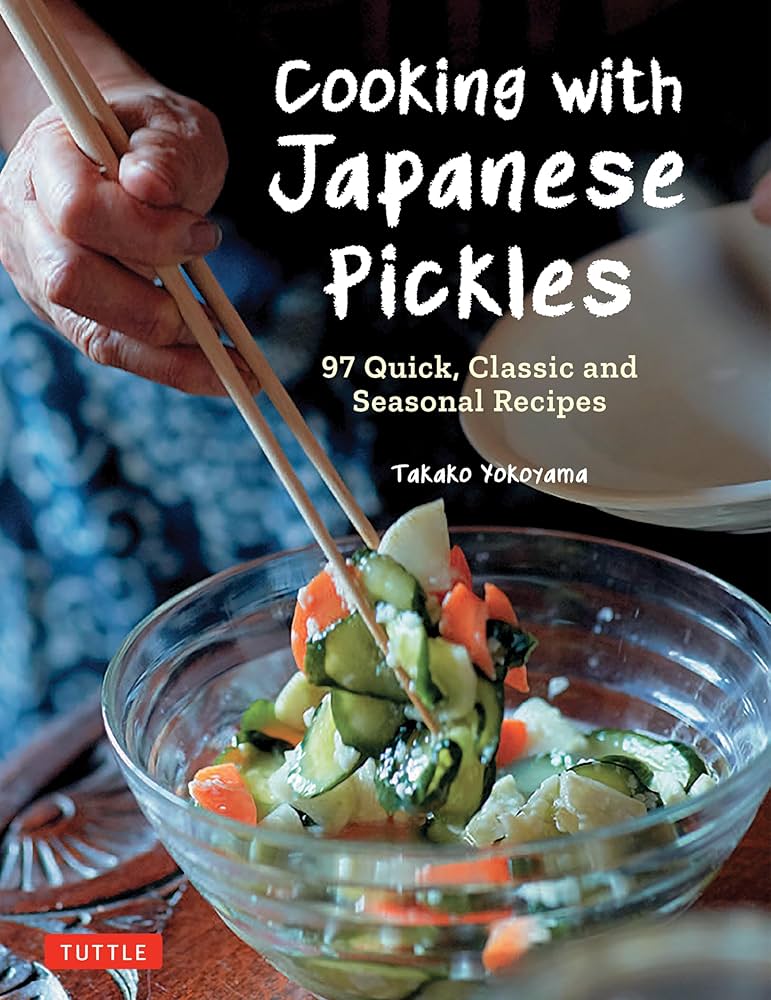The Pickling Patch: A Guide to Seasonal Gardening
For many of us, gardening is a beloved hobby. But for those with a passion for pickling, the changing of the seasons can be both a blessing and a curse. As the weather warms up and the soil comes alive, gardeners are greeted with a bounty of fresh produce. But with each new season comes a new set of challenges and opportunities.
In this article, we’ll take a closer look at the art of seasonal gardening, with a focus on the best practices for cultivating the perfect pickling patch.
Understanding the Seasons
Before we dive into the nitty-gritty of gardening, it’s essential to understand the seasons and how they impact our pickling patch. From the early spring to the late fall, each season brings its unique set of conditions that can either make or break our harvest.
In the spring, the soil is cool, and the air is crisp. This is the perfect time to plant cool-season crops like broccoli, cauliflower, and kale. As the weather warms up, we can transition to warmer-season crops like tomatoes, peppers, and cucumbers.
Summer brings long days and warm nights, making it ideal for crops that thrive in the heat. But it also means that our plants require more water and care to prevent scorching.
In the fall, the days are shorter, and the nights are cooler. This is the perfect time to plant cool-season crops again, as well as to harvest any remaining warm-season crops.
Preparing the Soil
Before we start planting, it’s crucial to prepare the soil. This means testing the pH level, adding organic matter, and removing any debris.
A gardener’s best friend is their soil.
For pickling enthusiasts, a well-balanced soil with a pH between 6.0 and 7.0 is essential. We can add compost, manure, or peat moss to improve the soil’s structure and fertility.
Planting the Perfect Pickling Patch
With the soil prepared, it’s time to plant our pickling patch. This is where the fun begins! We can choose from a variety of crops that are perfect for pickling, such as cucumbers, beans, and cauliflower.
Rows of cucumbers await their pickling fate.
When planting, make sure to follow the spacing guidelines for each crop. This will ensure that our plants have enough room to grow and receive adequate sunlight.
Caring for the Pickling Patch
Once our plants are in the ground, it’s essential to provide them with the right care. This includes watering, pruning, and fertilizing.
For pickling enthusiasts, it’s crucial to keep the soil consistently moist. This will help prevent bitter flavors and promote healthy growth.
We can also add organic matter like compost tea or manure tea to the soil to provide our plants with a boost of nutrients.
Harvesting the Bounty
The moment we’ve all been waiting for – harvesting the pickling patch! This is the most rewarding part of gardening, as we get to enjoy the fruits of our labor.
A bountiful harvest of pickling delights.
When harvesting, make sure to choose the right time of day. For most crops, the best time to harvest is in the morning, when the plants are at their crispest.
We can also preserve our harvest through canning, freezing, or dehydrating. This will allow us to enjoy our pickling patch all year round.
Conclusion
In conclusion, seasonal gardening is an art that requires patience, dedication, and a willingness to adapt to the changing seasons. By following the best practices outlined in this article, pickling enthusiasts can create the perfect pickling patch and enjoy a bountiful harvest all year round.
So, what are you waiting for? Get gardening and start pickling!


 Photo by
Photo by 












